Multiple Choice
TABLE 14-16
What are the factors that determine the acceleration time (in sec.) from 0 to 60 miles per hour of a car? Data on the following variables for 30 different vehicle models were collected:
Y (Accel Time) : Acceleration time in sec.
X1 (Engine Size) : c.c.
X2 (Sedan) : 1 if the vehicle model is a sedan and 0 otherwise
The regression results using acceleration time as the dependent variable and the remaining variables as the independent variables are presented below. 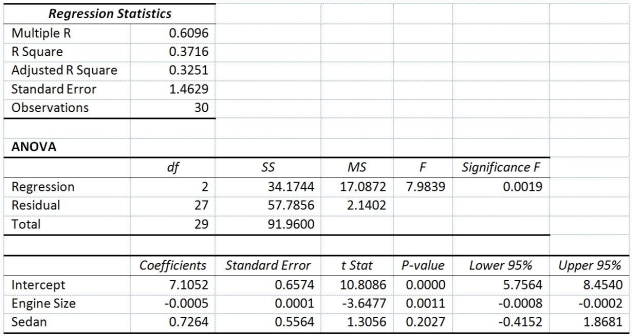 The various residual plots are as shown below.
The various residual plots are as shown below. 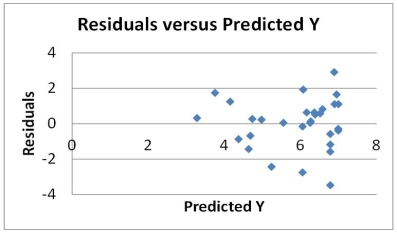
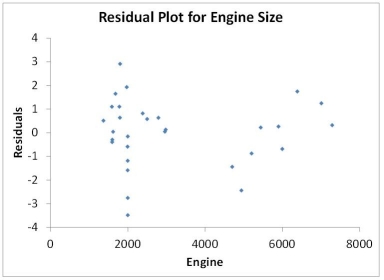
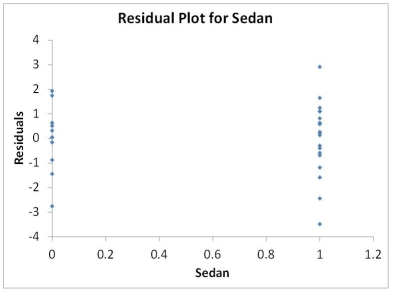
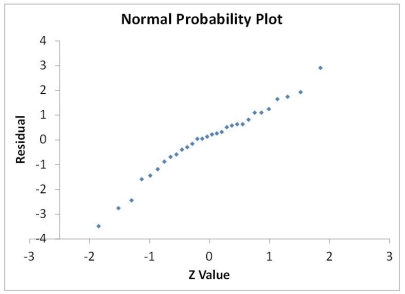 The coefficient of partial determinations
The coefficient of partial determinations  and
and  are 0.3301,and 0.0594,respectively.
are 0.3301,and 0.0594,respectively.
The coefficient of determination for the regression model using each of the 2 independent variables as the dependent variable and the other independent variable as independent variables (  ) are,respectively 0.0077,and 0.0077.
) are,respectively 0.0077,and 0.0077.
-Referring to Table 14-16,what is the correct interpretation for the estimated coefficient for X2?
A) The mean 0 to 60 miles per hour acceleration time of a sedan is estimated to be 0.7264 seconds lower than that of a non-sedan after considering the effect of the engine size.
B) The mean 0 to 60 miles per hour acceleration time of a sedan is estimated to be 0.7264 seconds higher than that of a non-sedan after considering the effect of the engine size.
C) The mean 0 to 60 miles per hour acceleration time of a sedan is estimated to be 0.7264 seconds lower than that of a non-sedan without considering the effect of the engine size.
D) The mean 0 to 60 miles per hour acceleration time of a sedan is estimated to be 0.7264 seconds higher than that of a non-sedan without considering the effect of the engine size.
Correct Answer:

Verified
Correct Answer:
Verified
Q86: TABLE 14-4<br>A real estate builder wishes to
Q87: TABLE 14-2<br>A professor of industrial relations believes
Q88: TABLE 14-16<br>What are the factors that determine
Q89: TABLE 14-15<br>The superintendent of a school district
Q90: TABLE 14-19<br>The marketing manager for a nationally
Q92: TABLE 14-15<br>The superintendent of a school district
Q93: TABLE 14-18<br>A logistic regression model was estimated
Q94: TABLE 14-19<br>The marketing manager for a nationally
Q96: TABLE 14-16<br>What are the factors that determine
Q312: TABLE 14-3<br>An economist is interested to see